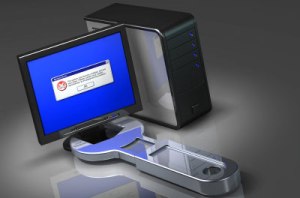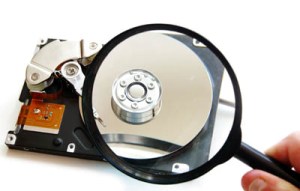A year back when Apple launched the iPad, it also set the stage for a series of speculations about the upcoming Android tablets. Considering the soaring iPad sales and market anticipation for competing products, it was no surprise when tech pundits chose to declare the year 2010 as the “year of the tablet”. Back then, few people expected the Windows operating system (OS) to enter or provide serious competition in the tablet race. However, not only windows 8, the newest operating system from Microsoft, it is also compatible with traditional personal computers.
Unveiling
Although Microsoft has refrained from announcing the exact shipping date for Windows 8, the speculated time period for its release is by the end of 2012. Going by the company’s history of delaying product shipments, we should advise taking this piece of into with a pinch of salt. The company unveiled the hotly-anticipated OS in the Microsoft Build conference held on September 13, 2011. A Developer Preview Build was made available for download, and according to Steve Ballmer, CEO of Microsoft, it hit the 50,000-mark within the first 12 hours. So exactly what, apart from great pre-release marketing hype and an almost sadistic desire for a face-off between Windows 8 and iOS 5, is drawing tech enthusiasts to download Windows 8?
What’s in, out and tweaked?
In essence, Windows 8 is Microsoft’s combined desktop, laptop and tablet operating system, designed to run on 10-inch touch-only tablets to big screens, ultra-portable notebooks and hefty business desktops. Prudently, Windows 8 supports native Windows 7 applications and will have multi-monitor support that can enable a single background across all screens. Windows 8 is also expected to come pre-loaded with hyper5 virtualization software. This is that first time that Hyper 5 will be available for client versions of Windows. It is also expected that Windows 8 will, by default, come with Microsoft Security Essentials (MSE) – an antivirus program that has (so far) run as a separate application for Windows users who download it. Previously, Windows defender was bundled with the Windows OS, which unfortunately lacked the key elements required to offer adequate protection against malware.
Coming to the most discussed (and the fun) part; the user interface (UI) of Windows 8, which is built on its Metro design language. At the very basic, the typography seen throughout the OS is neat, simple and beautiful. Going deeper, the completely revamped start screen, live tiles, and fluid multi-touch support, are changes that have a very high chance of becoming a hit with the users. While a plethora of new UI features have been released in the Developer Preview edition, its true performance and usability can only be gauged after the full release.
Survival and success
To attract and retain customers, an OS needs to have much more than a jazzy user interface and fancy animations. Also, while it is a good idea to present tech enthusiasts teasers, prolonged delays to affect product sales. Knowing Microsoft’s track record, we hardly expect Windows 8 to be out by next year’s winter holidays. In comparison, the expected release of iOS 5 by fall 2011 has given Apple a head start.
On the other hand, Microsoft’s claim to “re-imaging the interface for touch-centric hardware” appears trite. We remember all too well a similar marketing strategy for Windows Vista and Windows 7. Hardware compatibility is yet another issue. For desktops, Intel and AMD need to manufacture processors that do not heat up while running Windows 8. For portable devices, Windows 8 will support ARM-based processors which draw less power. So far there have been limited demonstrations of Windows 8, an approach that has raised questions and concerns about the performance of the OS on actual ARM-based tablets. It also introduces a complication – legacy apps will not run on ARM-based Windows tablets unless they have been rewritten for Windows 8. Interestingly, this detail has been very neatly downplayed by Microsoft.
Windows 8’s obsession with tablets is another source of concern. At the end of the day, desktops and laptops are still the primary devices used for getting a bulk of work done, and Microsoft’s recent whim to focus on “touch and tablets” may reduce its chances of attracting the larger user base. Also, being cross-platform, the interface sizes, and the input type (either touch or keyboard/mic based, or both) will vary for machines running Windows 8. This factor will be quite challenging for Windows 8 developers, as they will have to develop apps that take into account all these details. The success of any OS (especially one that also runs on mobile devices) is heavily depended on its app developers, and developers, in turn, are dependent on the variety, flexibility and usability of the developer kit and platform.
Premature hype
With more than 6 months to go before Windows 8’s release, there is still a lot to learn about its features and roll out. We do not know how many editions Windows 8 will come up with, its pricing, how office 15 will be executed, or whether Microsoft will support traditional non-Microsoft languages for app development or not. On the other hand, Microsoft still has a Hugh user base, and with the success of Windows 7 in its portfolio, things are looking up for the software giant. That being said, at the end of the day, in the battle of operating systems the consumer is always the winner.


